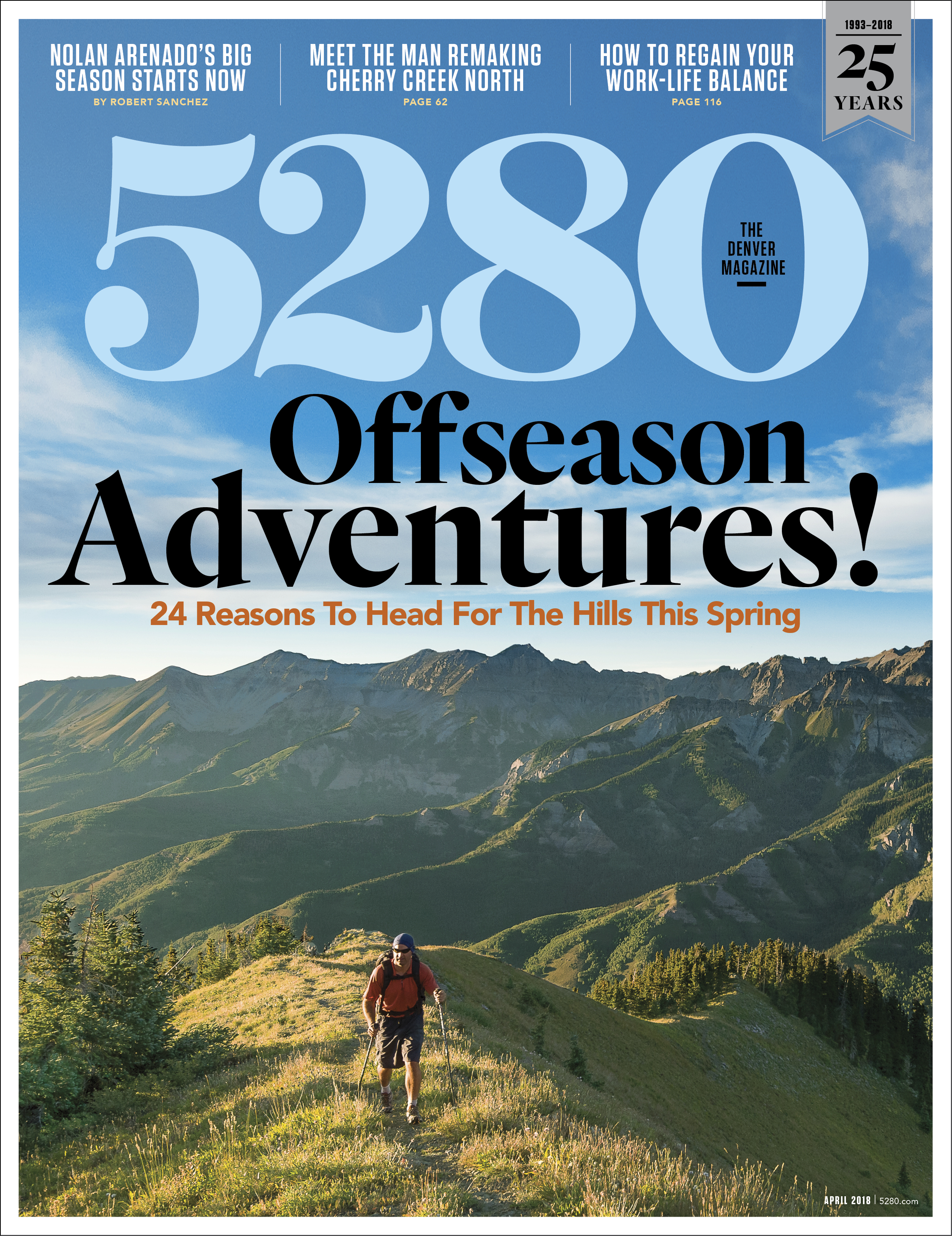The Local newsletter is your free, daily guide to life in Colorado. For locals, by locals.
As if you needed another reason to hate the whole climate change thing: Warmer temps and milder winters cause plants to release more pollen, so your seasonal allergies will likely kick in even harder this month (already one of the worst for sneezing fits). Weather the onslaught by learning more about five of the most common allergens you’ll encounter while exploring our flora-filled state—and using these tips to keep runny noses at a minimum.

While kayaking along the Yampa River, you may come across…cottonwood trees
Where they grow: Along streams and rivers, especially in the prairie
When they pollinate: Spring
Avoid a reaction by: Picking up some Salamander Squeeze Nose Clips ($20) from Salida’s Colorado Kayak Supply to keep the cotton pollen out of your sinuses

While bird-watching on the Eastern Plains, you may come across…Russian thistle
Where it grows: Areas with loosened soil in the dry Great Plains
When it pollinates: Starting in late summer
Avoid a reaction by: Viewing a migration in the spring (you’ll spot Swainson’s hawks this month) rather than glimpsing your feathered friends in the fall when this weed is still pollinating

While mountain biking in the foothills, you may come across…giant ragweed
Where they grow: Dry soil below 7,000 feet
When they pollinate: Spring
Avoid a reaction by: Sticking with higher elevation paths—like the Twin Lakes Trail, which starts in Leadville around 9,500 feet—where pine and aspen trees are more predominant

While running on the High Line Canal Trail, you may come across…giant ragweed
Where it grows: East of the Continental Divide in areas along roadsides, trails, and streams where the soil has been disturbed
When it pollinates: Late summer through fall
Avoid a reaction by: Going for an early morning jog since this weed doesn’t start producing pollen until late morning

While camping at Saddlehorn Campground in Colorado National Monument, you may come across…giant sagebrush
Where it grows: Areas with dry soil west of the Continental Divide
When it pollinates: Starting in late summer
Avoid a reaction by: Pitching your tent east of the Continental Divide, at, say, Cheyenne Mountain State Park campground south of Colorado Springs








